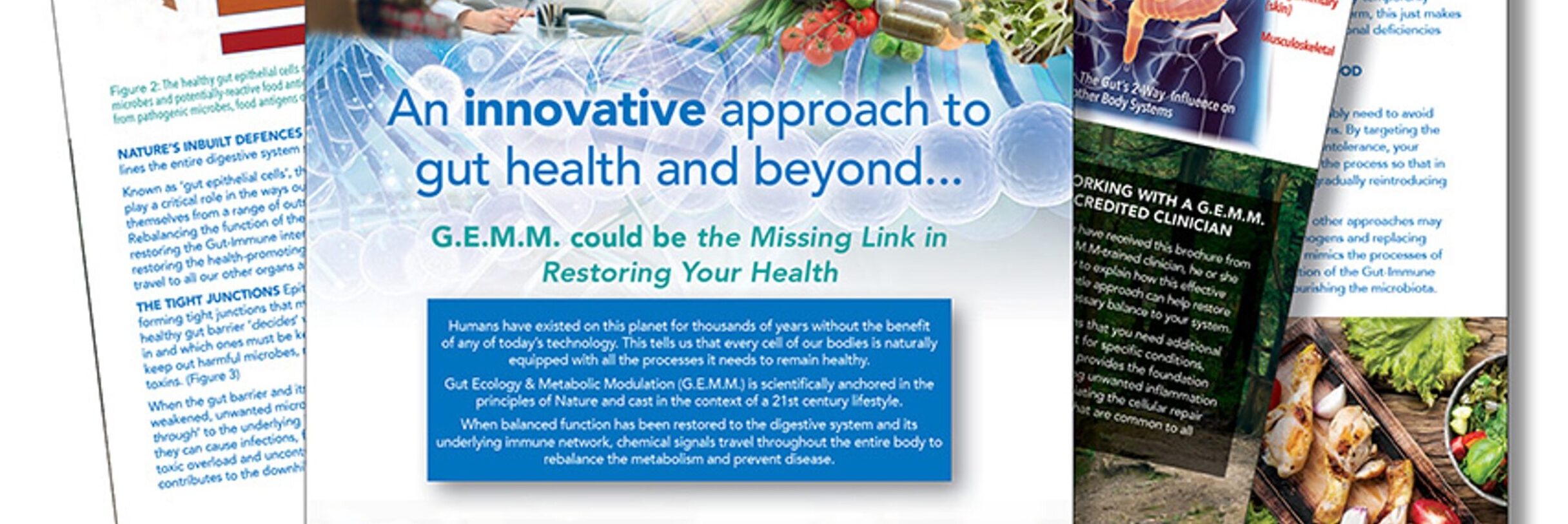Wished you could eat whatever your want and still stay slim?
Wouldn’t it be great to have some Kryptonian’ blood, eat whatever you want, stay slim, young, beautiful and fly at superspeed with everlasting energy around the world? Not sure whether you can relate to “Supergirl” a series on Netflix, but you surely must have peaked at the perfect body of at least one of the “Superman” actors in the past.
Is menopause a disease?
The question I have asked myself why everlasting youth is the panacea of our time and why we women – once we pass our reproductive years – are treated as if we have a disease? When did society decide that the hormonal cycle of a woman can only be celebrated if she theoretically is able to produce children?
Hormones are the key to our health
The fact is that our hormones, at any stage of our lives, are the key to our health. Hormones are connecting and communicating with every system of our body and there are hormone receptors all over the body. Low oestrogen and progesterone at the end of our reproductive cycle affect our brain power, our gut-health, our energy-level, our sleep-cycle, our long- and short-term memory and the way we burn fat.
Cognitive decline, osteoporosis, belly-fat, brain-fog, hot flushes and more – do you experience any of them?
Conventional medicine routinely prescribes drugs, such as HRT (hormone replacement therapy) for the various “symptoms” of menopause as it does for most other female hormone dysfunctions. We all may have experienced some symptoms, such as cognitive decline, osteoporosis, belly-fat, brain-fog, hot flushes, hair loss, vaginal dryness, loss of libido and insomnia already. Why not just replace the lost hormones with hormone replacement therapy, end our suffering right now?
Menopause can be a new beginning of a vibrant life
Or, what if we change the paradigm and do not accept this important passage of time with resignation but embrace this change as an important phase in our lives? Is it possible to feel vibrant, healthy, and whole at any age? Is it possible to achieve this, honouring our natural cycle, approaching it with wisdom, including botanicals, nutrients and body-mind approaches to find a level of balance?
Nature’s infinite wisdom even when we don’t quite recognize it at first
So, why in nature’s infinite wisdom, would the female body have to go through a phase of declining reproductive hormones that seems to have more detrimental effects than benefits? One reason may be that nature protects us from an increased risk of getting breast- or ovarian cancer. Studies have shown that the most breast cancers are found in women who are 50 years or older. However, age alone doesn’t entirely determine your risk to get cancer. Other factors such as genetic mutations, reproductive- and personal history alone or in combination play a major role in risk-assessment for breast- or ovarian cancers (Centers for Disease Control and Prevention 2020).
Progesterone affects our sleep big time
One of the “culprits” that is responsible for hot flushes, weight gain and mood swings is progesterone. Progesterone’s main function is to regulate menstruation and support pregnancy, but it also plays an important role in other systems, such as the cardiovascular and nervous system as well as the bones. It is very important in the brain and is involved in myelination and the regeneration of damaged brain cells. Progesterone – or the lack thereof – is responsible for quite a cascade of female complaints. It contributes toward heavy bleeding during menses, and it controls insulin-resistance together with oestrogen among many other functions. Low levels may cause migraines and brain-fog, and it turns a good night’s sleep into a memory of the past.
HRT – Don’t mix up progesterone with progestogen
Reading about hormone replacement therapy can be a confusing affair: We read interchangeably about synthetic progestogens (such as levonorgestrel and norethindrone), which are used in hormonal IUDs, the pill and emergency contraception and body-identical hormones, such as progesterone. Just to make it clear progestogens are not the same as micronized progesterone. George Gillson, MD writes in his paper “clarifying hormone terminology” that progestogen’s chemical structure differs from progesterone and has a profoundly different effect on our bodies. For example, the emergency contraceptive pill or “morning-after-pill” contains ethinyl oestradiol (a form of oestrogen) and levonorgestrel (a progestogen). It functions to terminate pregnancy, the opposite of progesterone which is designed to maintain pregnancy. He also explains the synthetic progestogens interact with a variety of receptors that may create side-effects, such as weight-gain, breast tenderness and headaches (Gillson 2007).
Conventional HRT versus bio- or body-identical hormones
Conventional hormone replacement therapy contains progestins, which are a synthetic version of the naturally occurring female reproductive hormone progesterone. Micronized progesterone, however, is body-identical, which means its molecular structure is the same as if it’s produced by your ovaries. In her presentation in the perimenopause- and menopause summit Lara Briden, author of books “Period Repair Manual and Hormone Repair Manual, talks about how progestins are not safe for the breasts. She also mentioned a gradual decline of progesterone up to 10 years prior to the actual event of menopause, while oestrogen is on a roller-coaster. Having oestrogen without progesterone can contribute to migraines, often one of the symptoms in women diagnosed with PCOS.
Micronised progesterone for hot flashes and night sweats
Prof. Prior is a leading researcher in menstrual cycles and ovulation and has been prescribing progesterone (micronized, body-identical) to her patients since 1995 in treatment for hot flashes, night sweats and other low-progesterone effects on the body. Her study included 133 women between the ages 44-62, half of which took progesterone and the other half a placebo. Oral micronized progesterone showed a significant improvement in hot flushes and night sweats (Hitchcock and Prior 2012).
We do produce a little progesterone via the adrenal cortex
Nevertheless, there are many women who opt not to take HRT, whether conventional or body identical. So, how the heck is our body able to produce progesterone once we stop ovulating? After all, there is in average of less than 0.5 ng/L detectable in serum after menopause – compared to around 7ng/ml at the lowest point during a normal menstrual cycle. The answer is a small amount is produced by the adrenal glands (Vermeulen 1976). However, it is not a straight-forward process and involves several conversions with help of enzymes which then produce oestradiol, testosterone, and modest amounts of progesterone from their precursor DHEA, an important and initially abundant adrenal hormone besides cortisol (Smith 2008). The thing with DHEA is that it declines progressively starting in the late twenties and is particularly susceptible to stress, the domain of cortisol (Kroboth, et al. 2003). High cortisol acts as an antagonist to the production of oestradiol and progesterone, further depleting these hormones.
Phytoestrogenic foods have shown to relieve menopause symptoms
While we can get some amounts of phytoestrogen from dietary sources such as flaxseeds and fermented soy-foods, we also can use botanical medicine such as red clover, hops, or chaste berries to manage menopausal symptoms. Although phytoestrogens are vastly less potent than synthetic oestrogens and have been shown to have varying physiological effects in humans, there are some studies that show a reduction in postmenopausal symptoms. A systematic review done in 2018, was looking at studies that measured the effect of phytoestrogens on depression, vaginal atrophy, hot flashes, cardiovascular diseases indices and blood pressure, bone status, and the risk of cancer in women. The conclusion was that phytoestrogens could be considered as a proposed treatment to relieve menopause symptoms (Keshavarz, et al. 2018). Other meta-studies revealed that several potential health benefits of phytoestrogens have been reported but that the current evidence on these beneficial health effects is not so obvious (Rietjens, Louisse and Beekmann 2016).
To keep it simple, foods that may help boost postmenopausal hormone levels are:
- Cruciferous vegetables, such as broccoli, kale, kalian and brussel sprouts. These vegetables are also supporting our liver who is involved in processing hormone conversions and detoxifying fake- or xenoestrogens for example from plastic products, pesticides, herbicides.
- Fermented soy-products, such as natto, tempeh and tofu, which are rich in probiotics, vitamin C, zinc, selenium, K2 and copper, all of which also play an important role in bone & joint health.
- Cold water fish such as salmon, wild-caught, for omega-3-fatty acids and its abundance in B-vitamins.
- Leafy greens, nuts and seeds, nutritional yeast for B-vitamins.
- Flaxseeds have shown positive results in reducing hot flushes and improvement of sleep and are an important source of phyto-estrogens as well as vitamins and fibres.
- For busy women supplements can be added, for example an Magnesium & activated B-Complex (available by prescription) or Omega-3-Fatty Acids (best when produced from wild caught fish), with minimum of 500-700mg DHA & EPA combined, while higher ratio DHA to EPA is preferred.
The not so good oestrogen produced in our belly-fat
We don’t just stop producing oestrogen altogether. The body produces oestrogen in fat cells, including the breast, in bone-cells, in blood-vessels and the aorta as well as in numerous sites in the brain. The problem with that is that it is not regulated by several other factors as when produced by active ovulation. Even though only low levels of oestrogen are being measured in post-menopausal women there is still some locally produced oestrogen responsible for the maintenance of bone mineralization, cognitive function, and breast cancer development (Simpson 2003). The biggest contributor for oestrogen production is subcutaneous adipose tissue, often seen around the waist-line, which becomes a major endocrine organ, not only producing oestrogen but also cytokines, potentially causing inflammation and metabolic syndrome and insulin resistance in women as well as men.
Body-identical hormones – an option for women with diabetes
Body-identical hormone therapy could be a lifesaver for some women and could delay the onset of more severe health issues. A meta-analysis of over 100 randomized trials in menopausal women has analysed the effect of HRT on components of metabolic syndrome. The authors conclude that, in women without diabetes, both oral and transdermal oestrogen, with or without progestin, increase lean body mass, reduce abdominal fat, improve insulin resistance, decrease LDL/high-density-lipoprotein cholesterol ratio, and decrease blood pressure (Salpeter, et al. 2005). The only downside of this option is that it is recommended to stay within a five-year-window to minimize risks that may outweigh the benefits. After which, well – symptoms may return.
Mindfulness, relaxation and meditation are big contributors to hormonal balance
Finally, naturopathic philosophy recognizes the innate wisdom of the body. Learning and practicing stress-management techniques such as mindful observation, conscious relaxation, Yoga, breath-observation, meditation or just a regular walk in nature supports healthy adrenal function and optimizes the production of precursors to sex hormones.
Should you grapple with your reproduction-free phase in your life and would like to look at different options please book a free 10-minute call to assess whether I could be of assistance or not.
The next blog-post will be about the right kind of exercise to burn those not so loved love-handles.
Written by Monika Ramasamy, 24th February 2021




